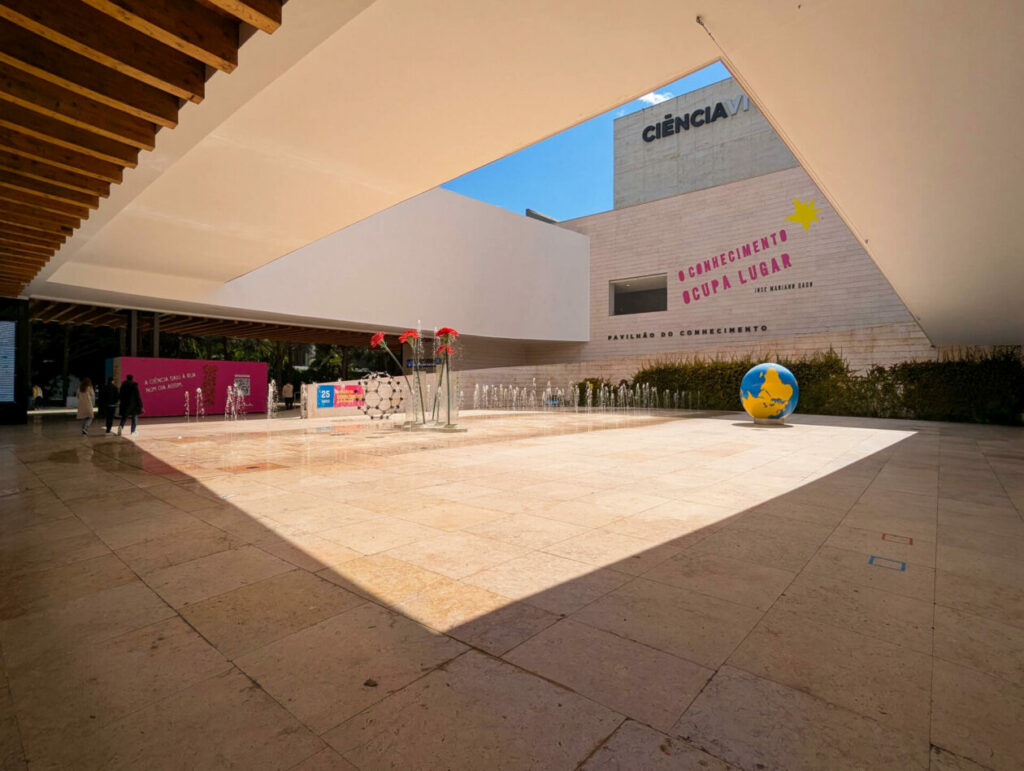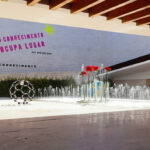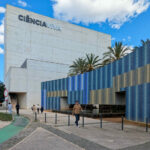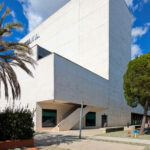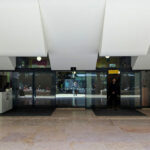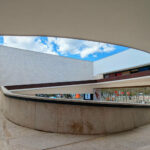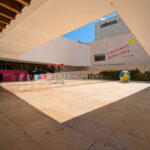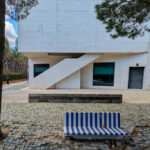The Pavilion of Knowledge, designed by João Luís Carrilho da Graça, is a remarkable architectural landmark in Lisbon, originally conceived as the Knowledge of the Seas Pavilion for the 1998 World Exhibition. This structure serves as a tranquil retreat amidst the vibrant Expo environment, offering a space for reflection and exploration. The building is characterized by its two distinct volumes: a vertical section that was initially intended to house ships and a horizontal expanse dedicated to various rooms and services. The horizontal volume is uniquely suspended, facilitating a seamless connection between the walkway and the dock, and features a large access courtyard. Visitors are drawn into the pavilion through a spiral ramp that leads to the interior spaces, designed as “empty stages” for dynamic interactions. Constructed from white concrete, the pavilion showcases innovation in its material use, emphasizing aesthetic purity and minimalism. As it transitioned into the Pavilion of Knowledge-Living Science Centre, the building maintained its architectural essence while evolving into a center for scientific and technological discovery. Carrilho da Graça’s vision of fostering curiosity and learning is evident in the pavilion’s thoughtful design, which continues to captivate and engage its visitors.
